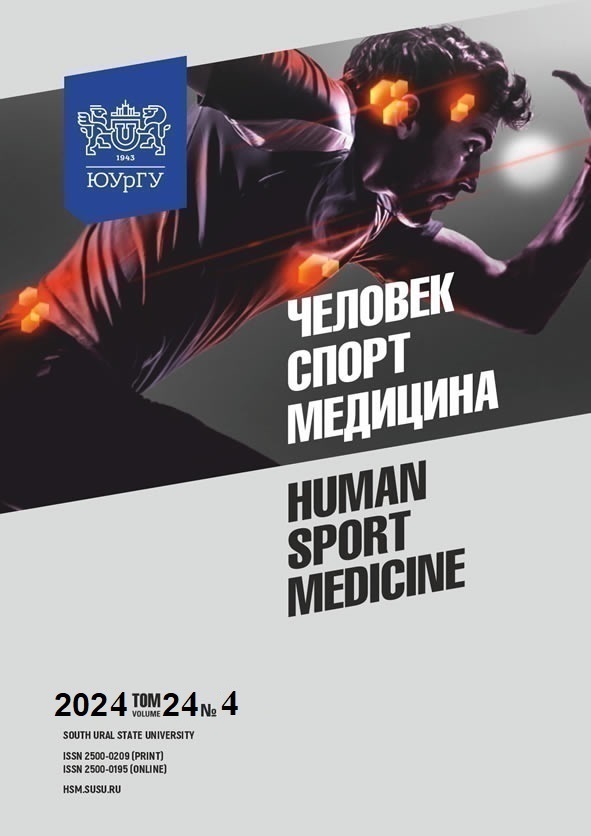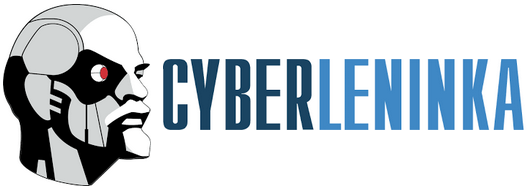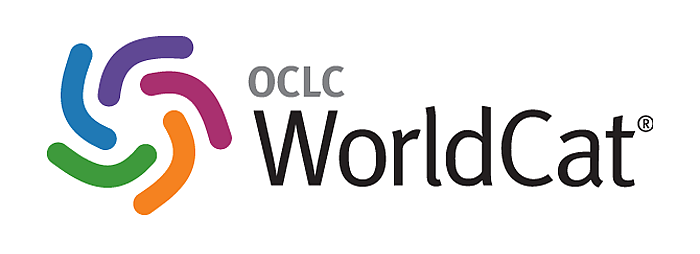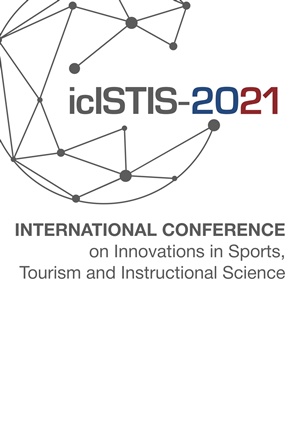RETURN TO COMPETITIVE SPORT FOLLOWING THE COVID-19 LOCKDOWN
Abstract
Aim. This study investigated the effects of self-isolation and COVID-19 on the body composition of athletes from different disciplines. Materials and methods. The sample consisted of 2540 professional athletes from 28 disciplines. Participants underwent clinical examinations, including clinical interviews, and polymerase chain reaction (PCR) assays for IgM and IgG for the diagnosis of SARS-CoV-2. Results. Prevalence of SARS-CoV-2 was 13% (n = 325), with 12 PCR-positive, 38 IgM-positive, and 275 IgG-positive cases. No hospitalizations or symptoms of pneumonia or cardiac problems were reported. Self-isolation with limited self-training lasted from 2.5 to 3 months and resulted in fat and protein redistribution in the majority of cases. The most significant changes were observed in athletes engaged in the development of complex technical and coordination skills and endurance-like qualities. Convincing evidence of COVID-19-induced increase in body weight and fat mass percentage was not found. The highest recovery rate from COVID-19 was observed among athletes from strength sports (wrestling, judo, sambo). Conclusions. Athletes, especially those from contact sports (e.g., wrestling, sambo, judo) and team sports, are at high risk of COVID-19. Mandatory testing before returning to training and competition is crucial. To mitigate physiological consequences of self-isolation, coaches should develop recommendations for maintaining physical fitness and personal training protocols aligned with sport-specific requirements.
References
References on translit
Copyright (c) 2025 Human. Sport. Medicine

This work is licensed under a Creative Commons Attribution-NonCommercial-NoDerivatives 4.0 International License.















